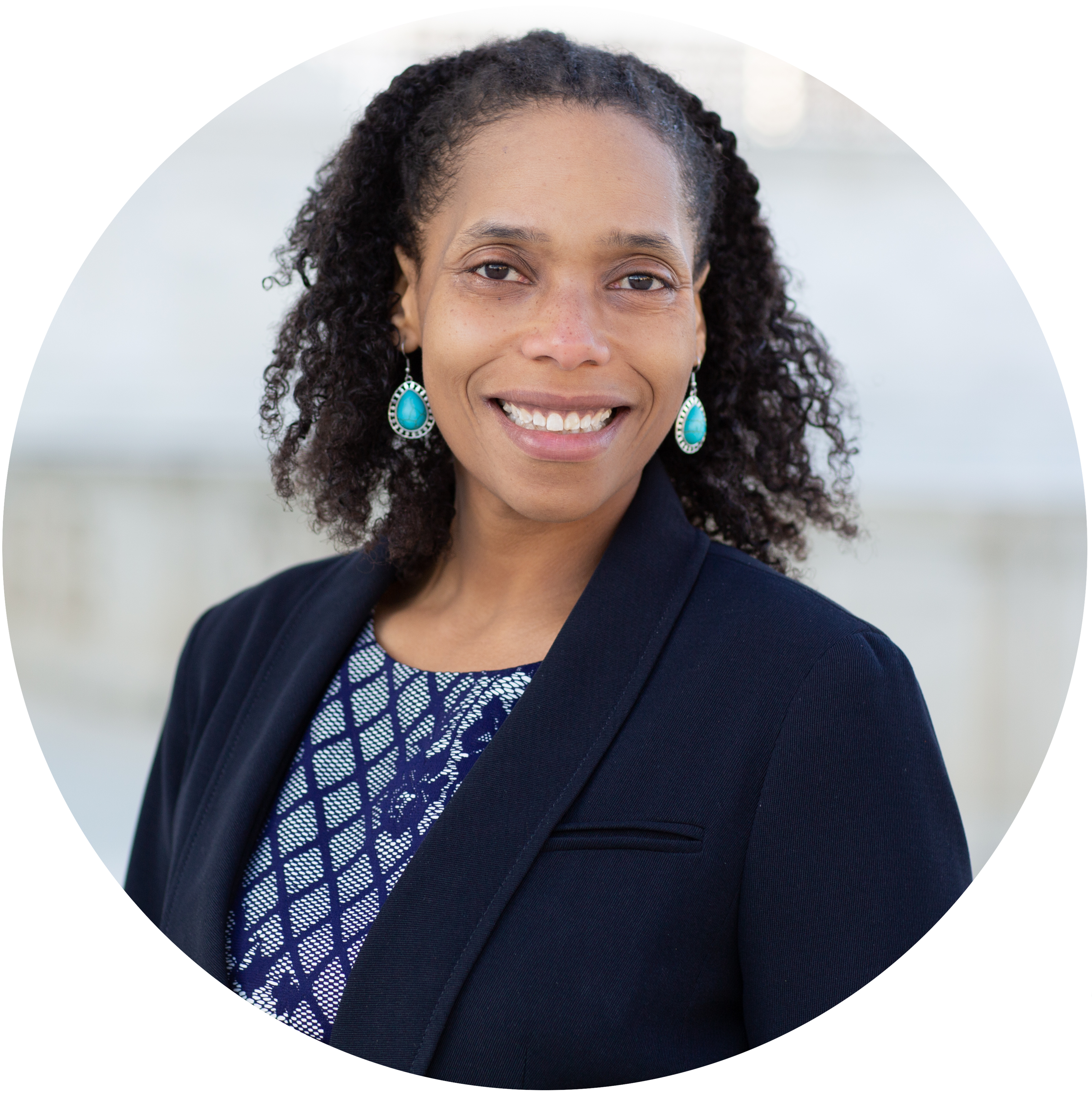Seeding the future of a faith freedom nation at BJC

At Mother Emanuel AME Church in Charleston in 2015, nine people lost their lives at the hands of a white supremacist. Last year in Washington, D.C., Metropolitan AME Church had its Black Lives Matter sign torn down by members of the Proud Boys. We saw racial terrorism and religious violence become one, just as it did in the bombing of 16th Street Baptist Church in Birmingham in 1963. Thus, a part of our continuing growth as Baptists must include acknowledging our past and present shortcomings while cheering our victories that we as Baptists have garnered.
It is crucial to know where we have been to know where we are going. In the 20th century, the Black Church exemplified how fruitful multigenerational collaborations could be. By creating space for a new generation of leaders holding various perspectives, the church’s ability to allow diverse subcultures from across the nation that deviated from the norm proved to be key in bringing to light the infringements on the Black community’s inalienable rights, including religious freedom. The battle fought then to ensure religious freedom continues today.
The pandemic provided an opportunity to stand still. I have used this time to immerse myself in the work of racial healing and reconciliation. We must be seen, accountable, welcoming and listening to all perspectives to move through the uncomfortable nature of conflict to the light of collaboration. I thoroughly enjoyed leading classes and workshops with congregations and students from California, Minnesota, and D.C. The Fellowship Center for Racial Reconciliation in Monrovia, California, and Urban Refuge Church in Minneapolis, Minnesota, partnered to bring people together from all walks of life to work through the social construct of whiteness — leading to the notion that America is an inherently white nation.
This prompted me to think about issues of diversity and inclusion at BJC. Since we re-branded in 2019, our staff has talked about how we see ourselves in the orange dot of our new logo, which speaks to BJC’s desire to create a space for people to find themselves in BJC or BJC’s work.
As a development professional, I wake up every morning dreaming of ways to help individuals see themselves in that orange dot. What new strategies can we use to engage people in the cause of faith freedom for all and inspire them to partner with us? An individual’s commitment to an organization is reflected by whether they are willing to share their resources, even if it’s a small gift. As the population of the United States continues to shift — becoming more diverse demographically and bringing new generations to the forefront — nonprofit organizations like BJC must ensure that everyone recognizes the value of our mission and has an opportunity to hear about our work across cultures, regions and generations.
Crucial to that engagement is drawing connections between advocacy for religious freedom with other policy issues related to human freedom. During my tenure at BJC, I have seen the organization tackle polarizing intersections within religious liberty, such as same-sex marriage, immigration and the death penalty. Our staff works diligently to stay focused on religious freedom while acknowledging the intersectionality and without shying away from those issues. With the world changing rapidly and emotions flaring quickly, our task now at hand is to re-imagine BJC’s mission at the intersection of racial justice and religious freedom. I am inspired to be part of our team as we undertake this crucial work.
The next generations are attuned to issues of justice, equality and freedom. The pipeline of new advocates joining BJC are energizing the work of protecting religious freedom. During the pandemic, we have missed in-person camaraderie and insights from BJC interns who influence our advocacy to resonate with college students and youth groups. Our BJC Fellows continually sow into BJC by standing on the front line of advocacy of faith freedom, giving monthly and making positive contributions in their own communities. Building a more inclusive BJC means being intentional about recruiting diverse classes of BJC interns and BJC Fellows and continuing to engage them long after their programs end.
In spite of this pandemic year, we saw success in cultivating a new community of BJC monthly supporters. The Faith FULL Community includes people across generations, regions and backgrounds — it’s a group that looks more like the population of our country. Seeing their commitment to and investment in our mission inspires me to continue the work that we are doing, knowing we are making strides in bridging gaps but acknowledging we have a long way to go. I have confidence that the seeds BJC plants today will bloom even brighter at our centennial in 2036.
This column also appears in the spring 2021 edition of Report from the Capital. You can read the entire magazine as a PDF or as a digital flip-through edition.




